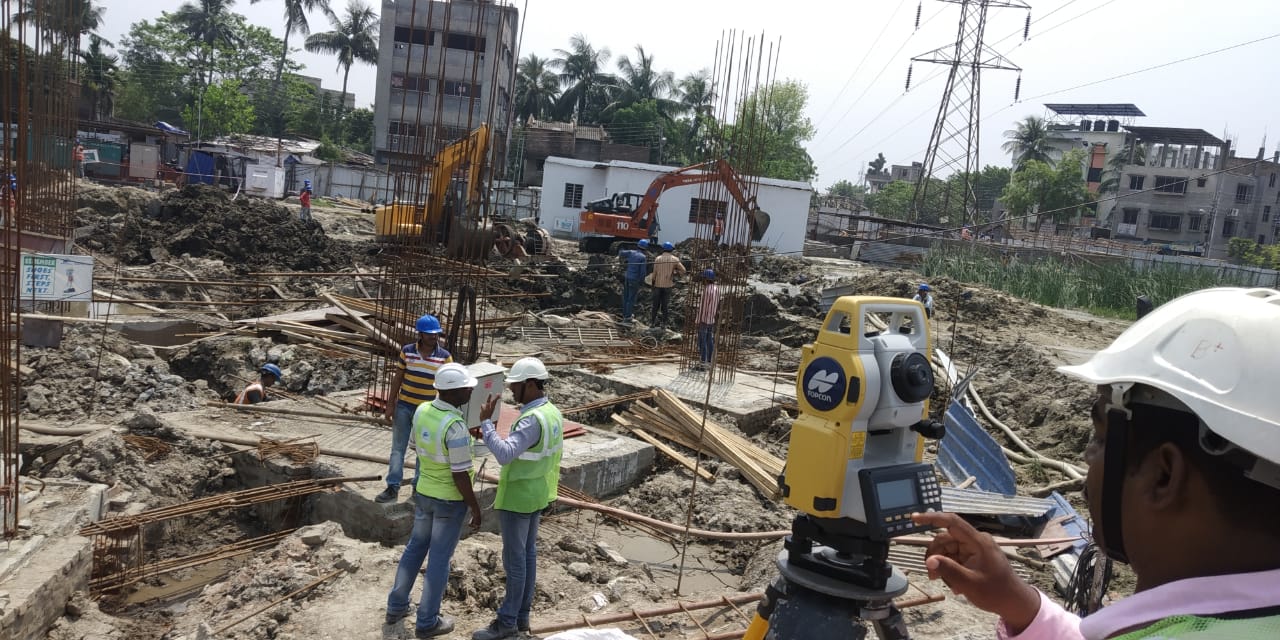
Uploaded on 2019-03-27 by Arpan Debnath
invented by the Indus Valley Civilization.[4] The architectural decoration is extremely minimal, though there are "narrow pointed niches" inside some buildings. Most of the art found is in miniature forms like seals, and mainly in terracotta, but there are a very few larger sculptures of figures. In most sites fired mud-brick (not sun-baked as in Mesopotamia) is used exclusively as the building material, but a few such as Dholavira are in stone. Most houses have two stories, and very uniform sizes and plans. The large cities declined relatively quickly, for unknown reasons, leaving a less sophisticated village culture behind.[5] Mahajanapadas (600 BCE–320 BCE) Urban architecture Conjectural reconstruction of the main gate of Kushinagar c. 500 BCE adapted from a relief at Sanchi. City of Kushinagar in the 5th century BCE according to a 1st century BCE frieze in Sanchi Stupa 1 Southern Gate. From the time of the Mahajanapadas (600 BCE–320 BCE), walled and moated cities with large gates and multi-storied buildings which consistently used arched windows and doors and made an intense use of wooden architecture, are important features of the architecture during this period.[6] The reliefs of Sanchi, dated to the 1st centuries BCE–CE, show cities such as